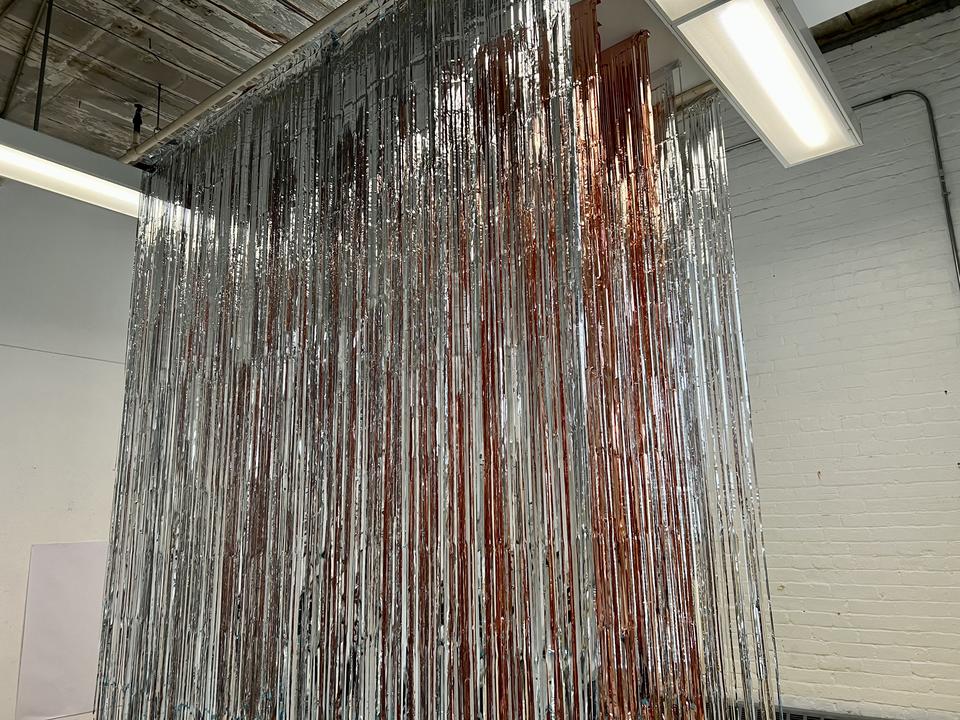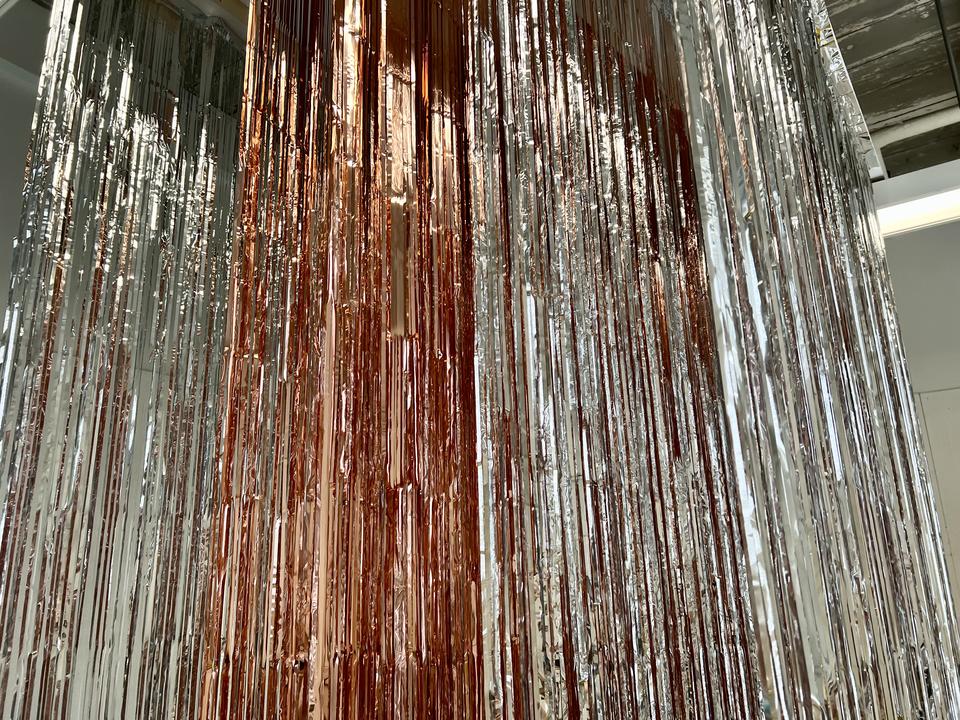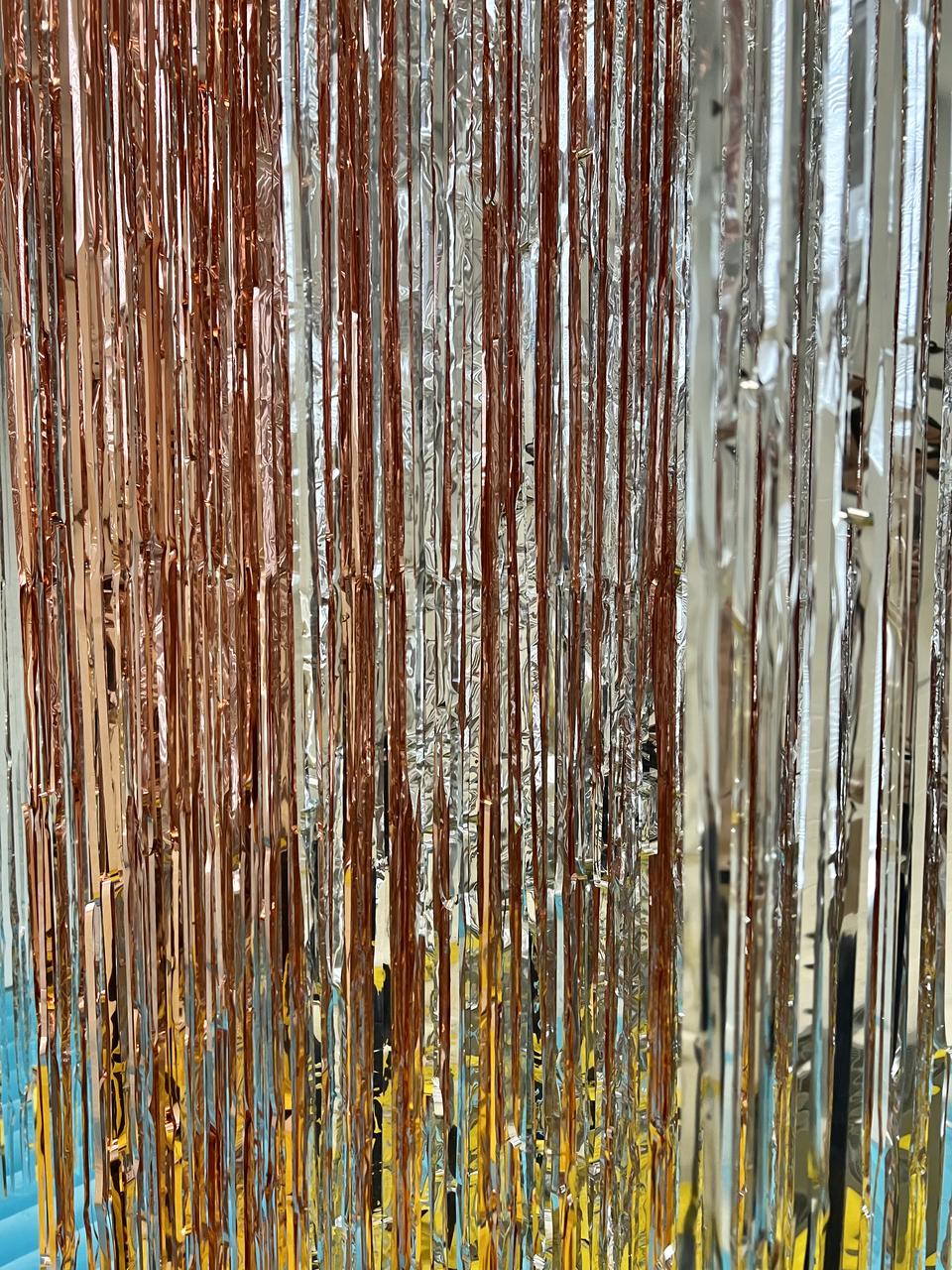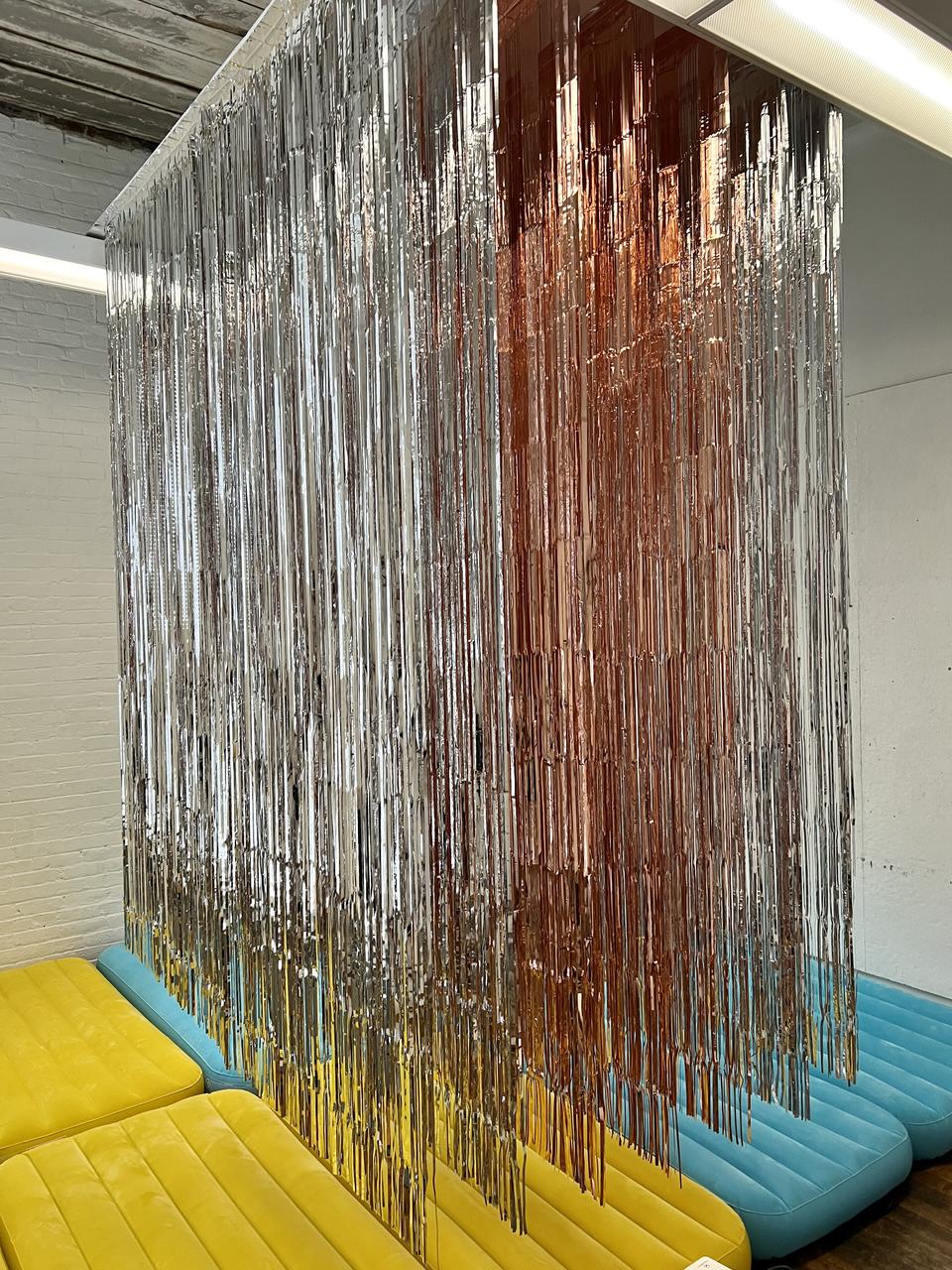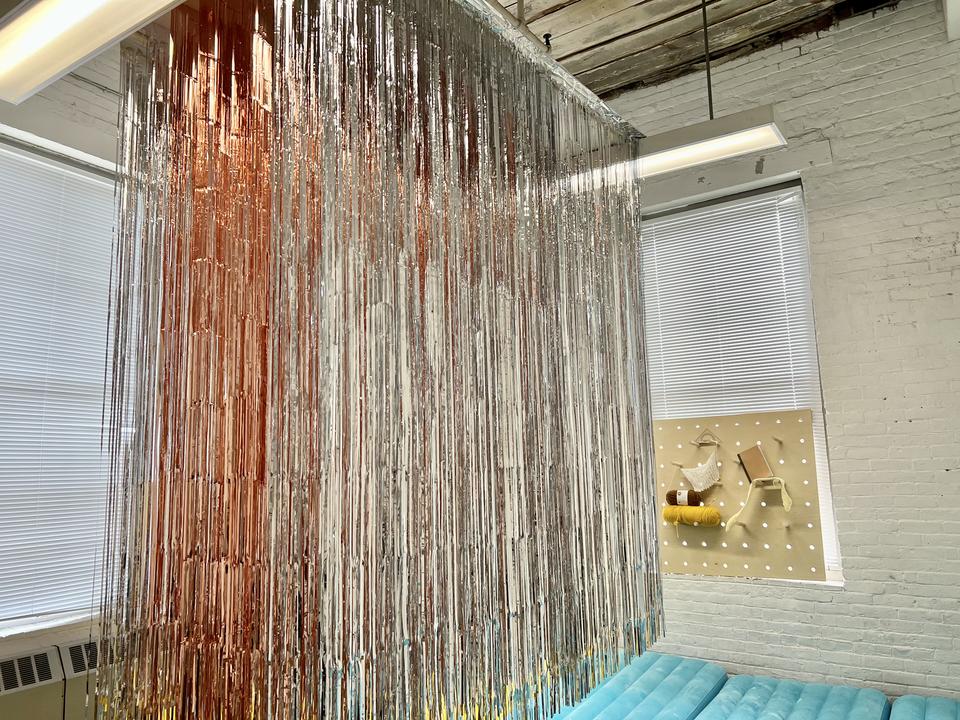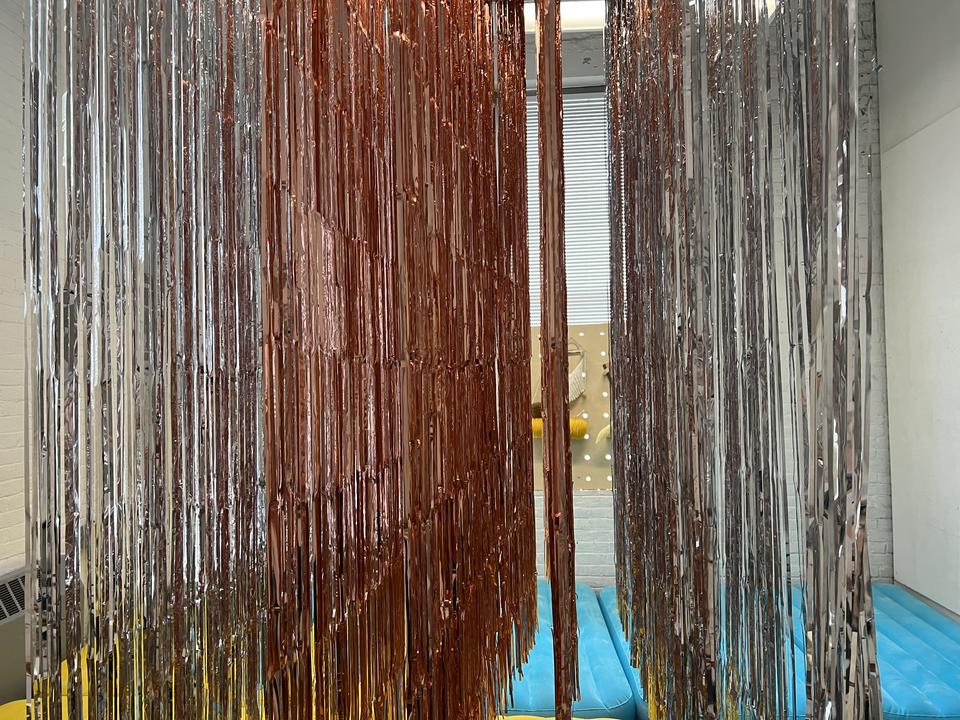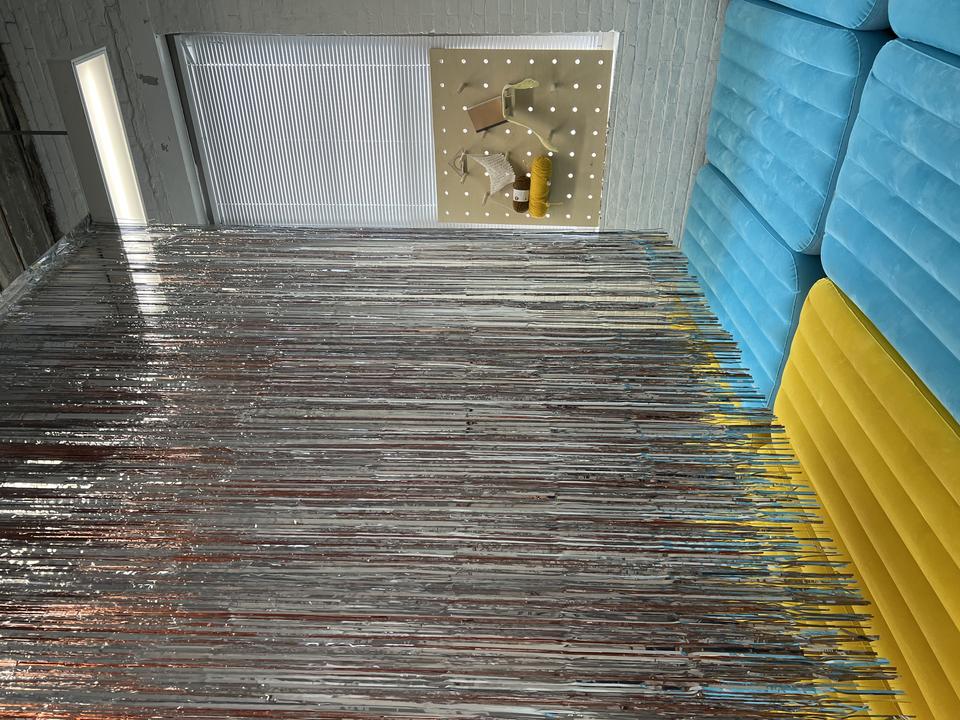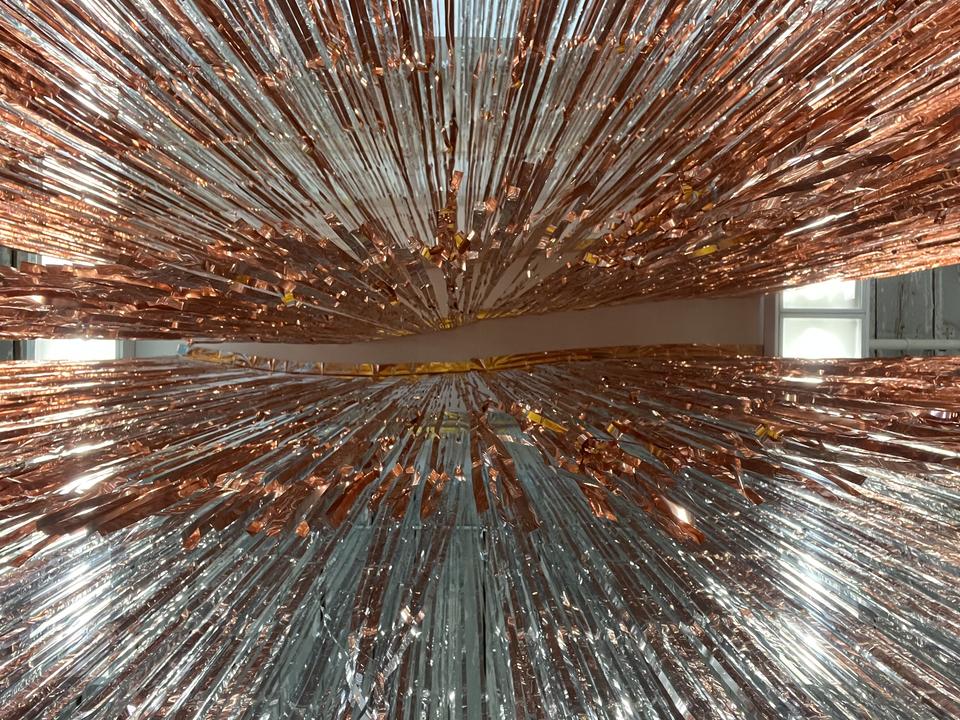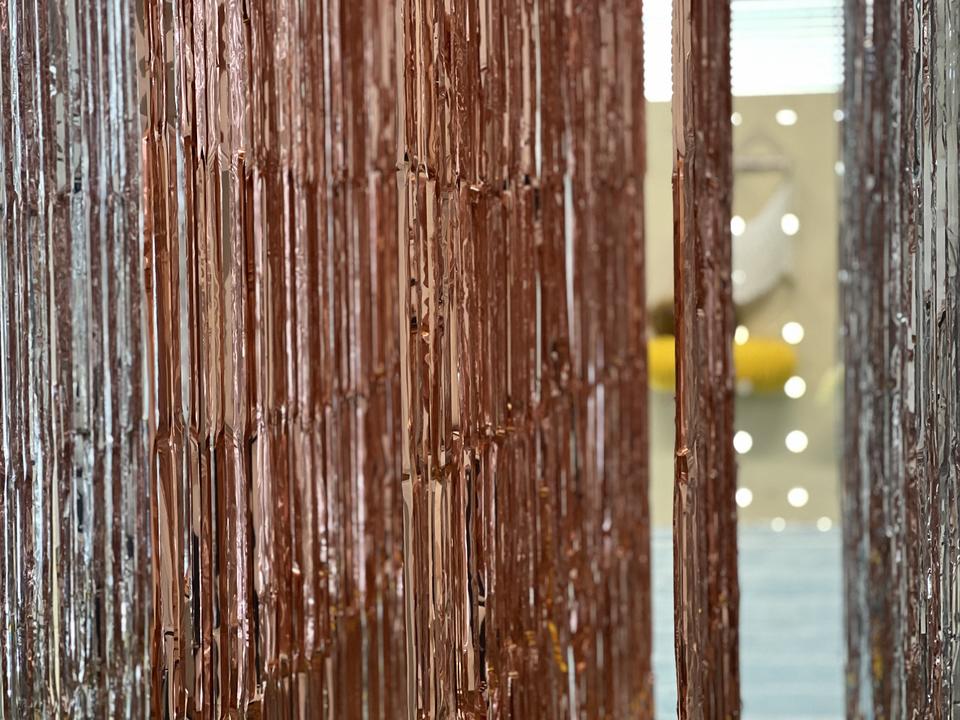Wendy Zhuo
Reclaiming Memory Through Soft Spaces
Senses and experiences can make the memories that you are not consciously aware of become more apparent. Your body and muscles have memories that you will always remember. It just takes awakening the muscles to do it.
Our experiences become part of our identity. Memory has plasticity and is constantly changing as we tell them. Our memories are those experiences and by telling those stories, we start to understand and reclaim those memories and add those experiences into our identity. Through telling and triangulating these stories, people are connected, so how can the space become comfortable for them to share their stories. How can space act as an activating agent to create an atmosphere for the plasticity of memories and the retelling narratives? Through sensory experiences, a space starts to activate our memories and provide an atmosphere that encourages people to connect and shift their narratives. The space becomes a navigation between identity, memories and narratives. Realizing and reclaiming our memories help us rewrite our narratives and become closer to ourselves and each other.
First through experimentation using different tools to understand the moment of engagement and trust to create the elements of spatial quality that’s needed. Then by using textiles as a medium to create the sensory experiences that provide people the atmosphere to think and reflect, using color to describe the mood, using smell to awaken the senses and using touch to remember the feelings. Through these moments, the trust in the physical space and the connection with the practice will be built. By analyzing these spatial qualities and creating a method of reclaiming and reflecting, the space becomes a tool of holding the conversation and the memories of people.
This installation will serve as a model that consist of three moments; a space for self-reflection, a space for storytelling and a space for archive. By using soft materials such as yarn and textiles to recreate the practice of storytelling and create a model that serves as a recreatable and easily changeable system for storytelling practices. The modularity and flexibility of this system reflects on the plasticity of memory. The system is interchangeable depending on the activity of the users.
- Architecture
- Ceramics
- Design Engineering
- Digital + Media
- Furniture Design
- Global Arts and Cultures
- Glass
- Graphic Design
- Industrial Design
- Interior Architecture
- Jewelry + Metalsmithing
- Landscape Architecture
- Nature-Culture-Sustainability Studies
- Painting
- Photography
- Printmaking
- Sculpture
- TLAD
- Textiles
